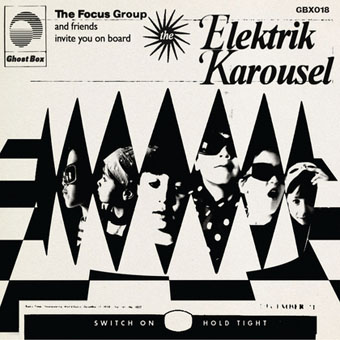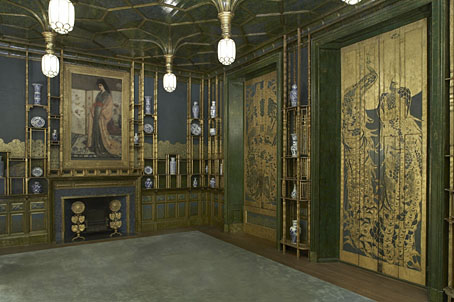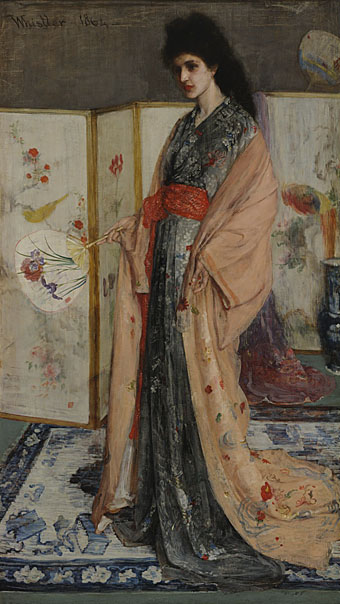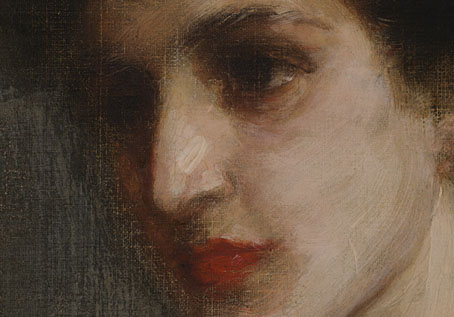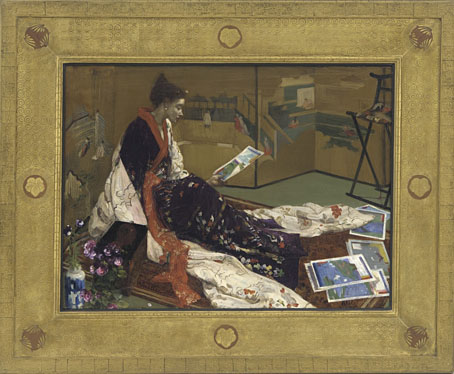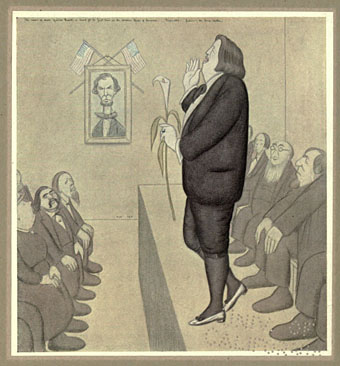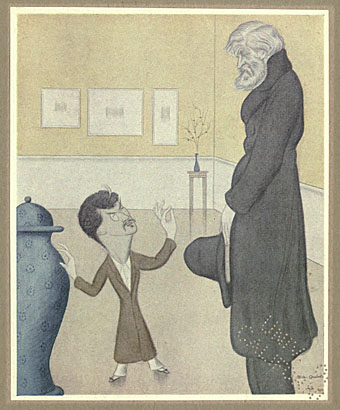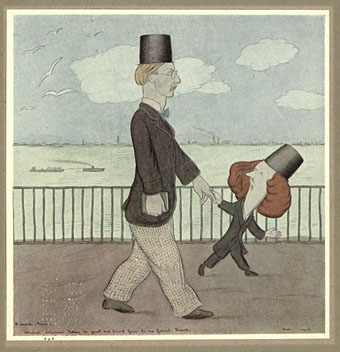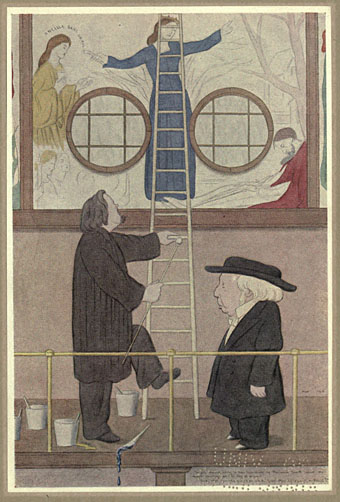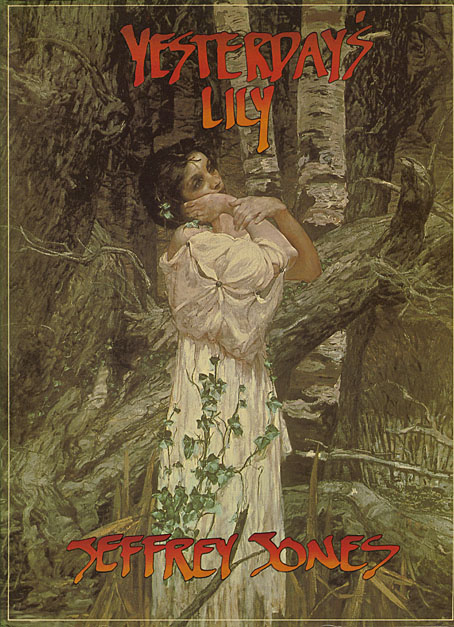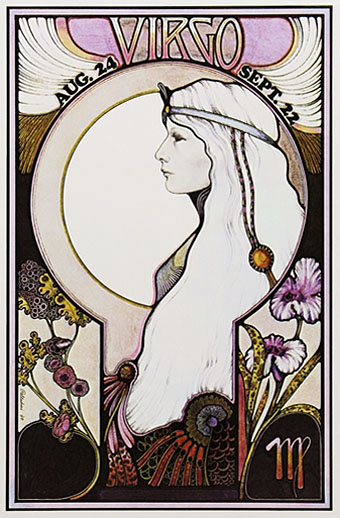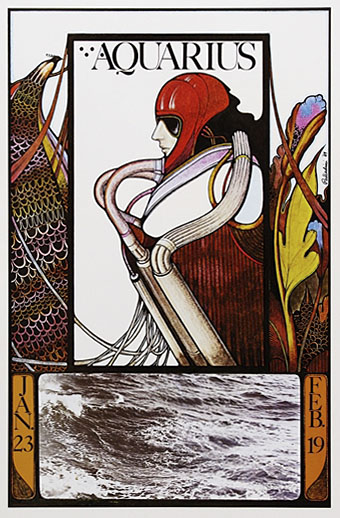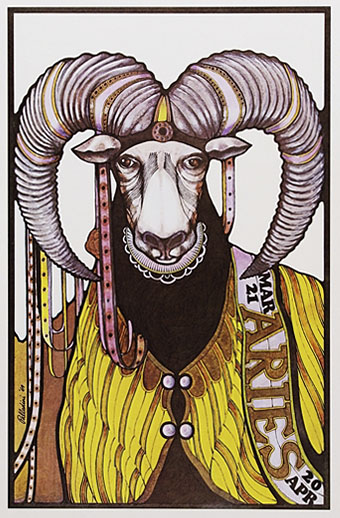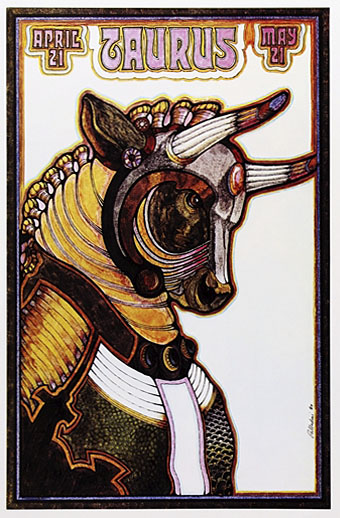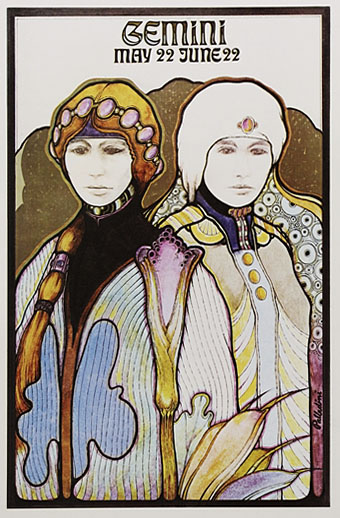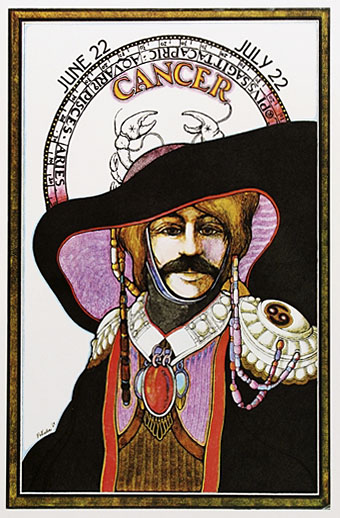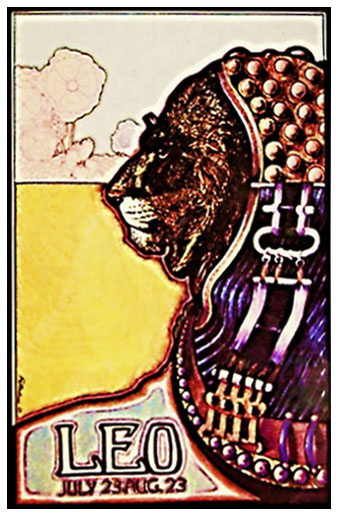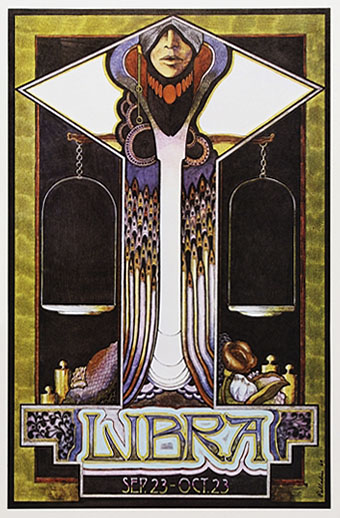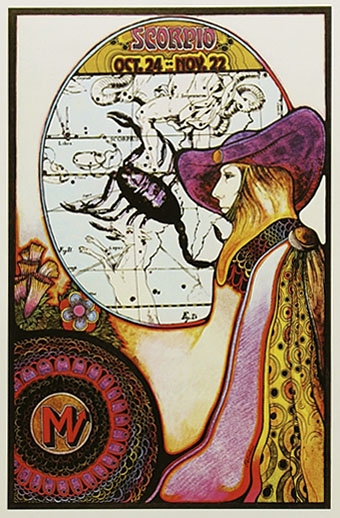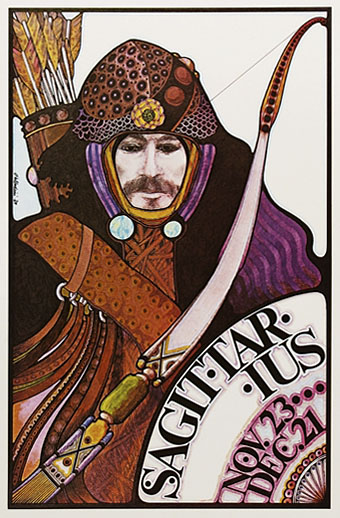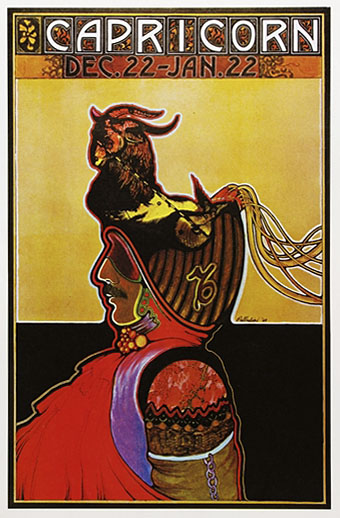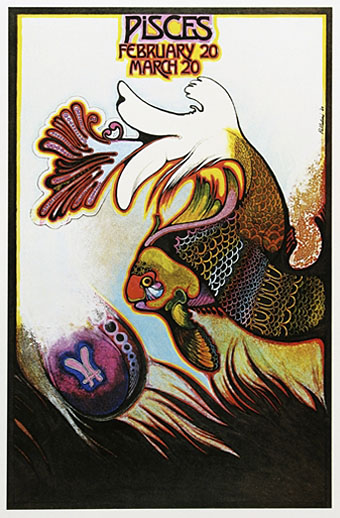Elektrik Karousel, a new release on the Ghost Box label by The Focus Group. “For a clue to its moods, think Czech animation, Italian Giallo, early Radiophonics, HP Lovecraft stories, 1960s underground cinema, Lewis Carroll and baroque psych.” Julian House’s package design is “heavily inspired by 1960s underground press and conceived as a kind of mind altering DIY board game”.
• Joseph Stannard of The Outer Church compiles a mix for Kit Records, and talks about rural psychedelia and malevolent lighthouses, among other things.
• At Sci-Fi-O-Rama: a sampling of Dan Nadel & Norman Hathaway’s Electrical Banana – Masters of Psychedelic Art (2012).
• Stranger than Paradise: Tilda Swinton photographed by Tim Walker in the Surrealist Wonderland of Las Pozas, Mexico.
• Whistler in Limehouse & Wapping: stunning etchings by the 25-year-old artist when he was newly arrived in London.
• The complete catalogue of Sunn O))) recordings is now on Bandcamp for preview and purchase.
• La Danza de la Realidad: Alejandro Jodorowsky returns to his childhood in Tocopilla, Chile.
• Enjoy The Silence: Jude Rogers talks to Michael Rother about joy of quiet.
• Dressing the Air, “the Bureau of Sensory Intelligence”, had a relaunch.
• Fast forward – and press play again: Cassettes are back
• The Lovecraft Expert: An Interview with S.T. Joshi
• Book Graphics: an illustration blog.
• Paint Box (1967) by Pink Floyd | Beat Box (1984) by Art of Noise | Glory Box (1994) by Portishead

